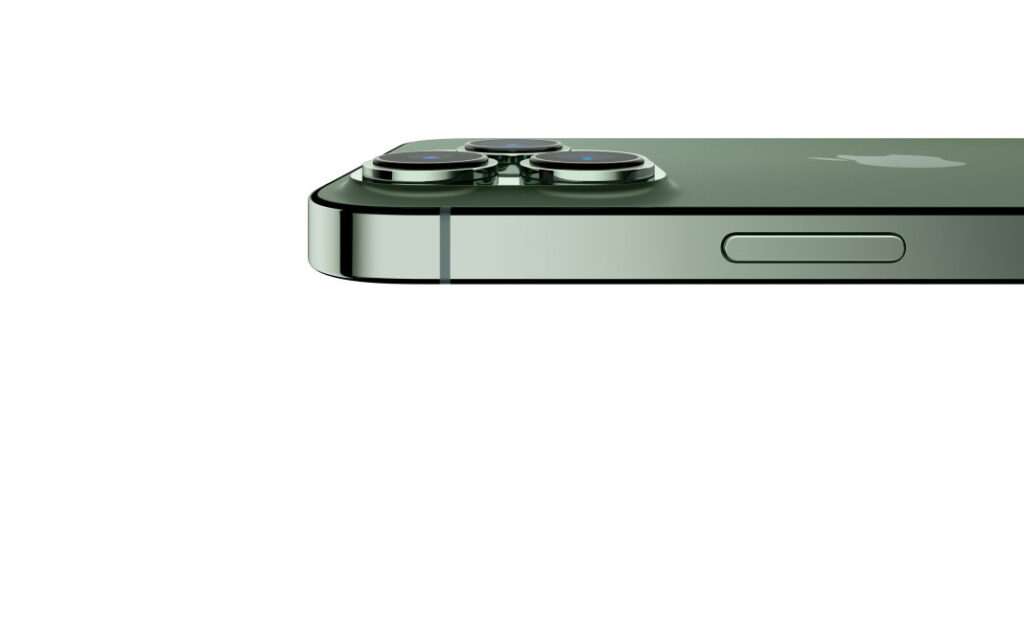Image stabilization is critical for, well, image stabilization. Without that, your photos and selfies may be a blurry mess, and your videos may appear like they were made for an eighties B-movie. To capture light, a camera’s shutter must be open. While this is going on, even the smallest movement will muddy your image. To get the answers to the query- which one is better- OIS vs. EIS, you need to read this blog below.
The phone’s camera technology is comprised of numerous components, ranging from detectors and optics to laser focusing devices. Image stabilization is becoming one of the most important components of a superb cellphone camera.
With night modes and HDR becoming more common in our smartphones, picture stabilizing has become a need. Almost every current smartphone has image stabilization on for at least one camera.
Apple’s iPhone 13 is said to have the best camera setup a phone can have to shoot images and videos. It has an Optical Image Stabilisation in its camera hardware and an advance software to electronically stabilise the footage or image.

What do you understand by OIS?
OIS is a hardware solution that detects movement and adjusts the camera system based on it using a micro-electromechanical system gyroscope. If you are clutching your phone and your finger shifts slightly to your left, the OIS technology will detect it and shift the lens slightly right.
Manufacturing good OIS hardware isn’t cheap, which raises the budget of materials cost and eventually means you’ll spend extra for an OIS-equipped smartphone, despite the fact that it’s becoming more prevalent. You can get smartphone deals and buy a good camera phone within your budget. It also transforms the camera module’s normally static component into a moving part. Although it is uncommon, operating equipment in an OIS system can break, like with any technical product.
Without OIS, slight hand movement can cause image blur, often known as motion artifacts. When OIS is engaged, minor shakes are negated, resulting in clearer photographs. The same is true with telephoto lenses, where tiny tremors are exacerbated by the much-restricted field of vision.
What is the work of EIS?
In the case of video, the program will look for a brightness and contrast point and try to retain it in the same region of the frame. Machine learning is used in more current forms of EIS to detect the topic and fix the stabilization accordingly. One major disadvantage of employing EIS is that it can cause unnatural-looking distortion from minor changes in perspective. This is referred to as the jelly effect.
When EIS is activated, the readout no longer shows the whole sensor. The sensor image’s boundaries are employed as a buffer state. Within this margin, the stabilized picture can be moved about while maintaining the subject steady in the frame. Without the buffer state, the image would be cut off at the edges when the stabilizer moved.
Let us take a quick comparison chart for the OIS and EIS technology- OIS vs. EIS
- Hybrid Image Stabilization (HIS) is, as the name implies, a combination of OIS and EIS. It’s a fantastic all-around solution. OIS offers the necessary hardware stabilization, and EIS soothes down the video footage even more. Because of the advantage of having OIS, an EIS trim factor does not have to be as severe.
- The OIS component will provide motion-less shooting in all conditions. EIS, on the other hand, adds stability to Dark Mode, HDR, and exposure bracketing night images.
- The OIS element provides natural video stability, and EIS covers the rest. Fortunately, all main smartphone cameras have some sort of EIS, with the bulk also having OIS. Nowadays, as soon as you invest a respectable amount of money, you don’t have to pay attention to the quality of stability.
If you need to choose between OIS vs. EIS, go with a camera phone with a hardware-based approach. It seems less fake in video and significantly more effective in still shots. If you’re looking for a high-quality zoom lens for your new smartphone, be sure it features OIS. Because of the greater field of vision combined with EIS, ultrawide lenses do not need OIS in video modes.
Are there any issues or malfunctioning?
Stabilization uses specific reference points and moves the image to retain those elements in the same spot. However, although this is OK for still photography, it can cause issues in the video. Instead of the typical smooth turning or twisting motion, you get a jerky-blurry look. The efficiency of any picture stabilization will ultimately be determined by the devices and software installed into the camera.
A comparison of Optical Image Stabilization or the Comparison between OIS and EIS or the Electronic Image Stabilization and Optical Image Stabilization is pointless for flagship smartphones because these phones have both Optical Image Stabilization and Electronic Image Stabilization.
For instance, certain smartphone manufacturers always have Optical Image Stabilization, also known as the OIS, as well as the EIS, also known as the Electronic Image Stabilization, accessible for taking smooth movies.

When it comes to budget smartphones or mid-range smartphones you can always look for OIS offerings in the camera unit. Realme 9 Pro Plus is the best camera phone with OIS under 25000.


